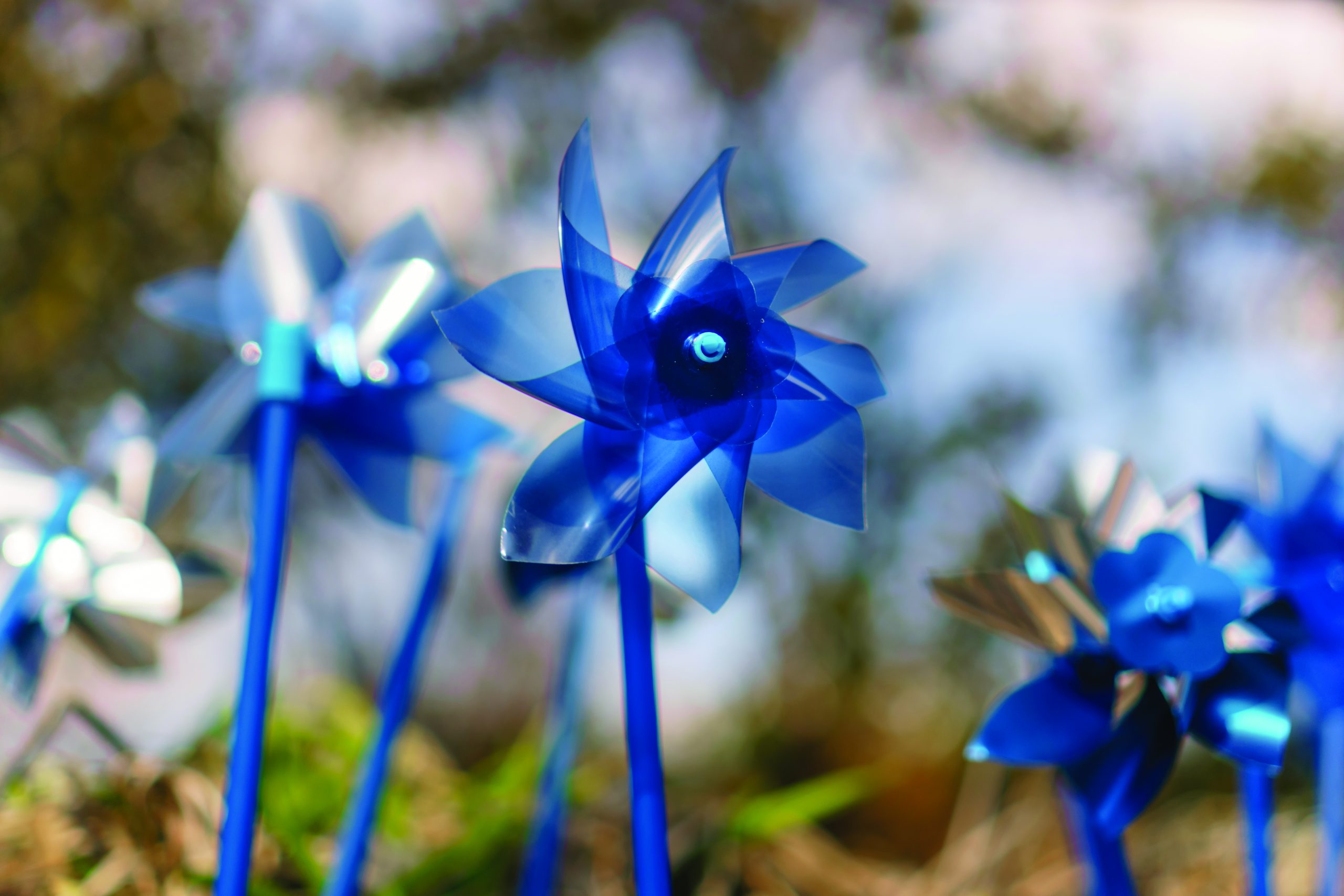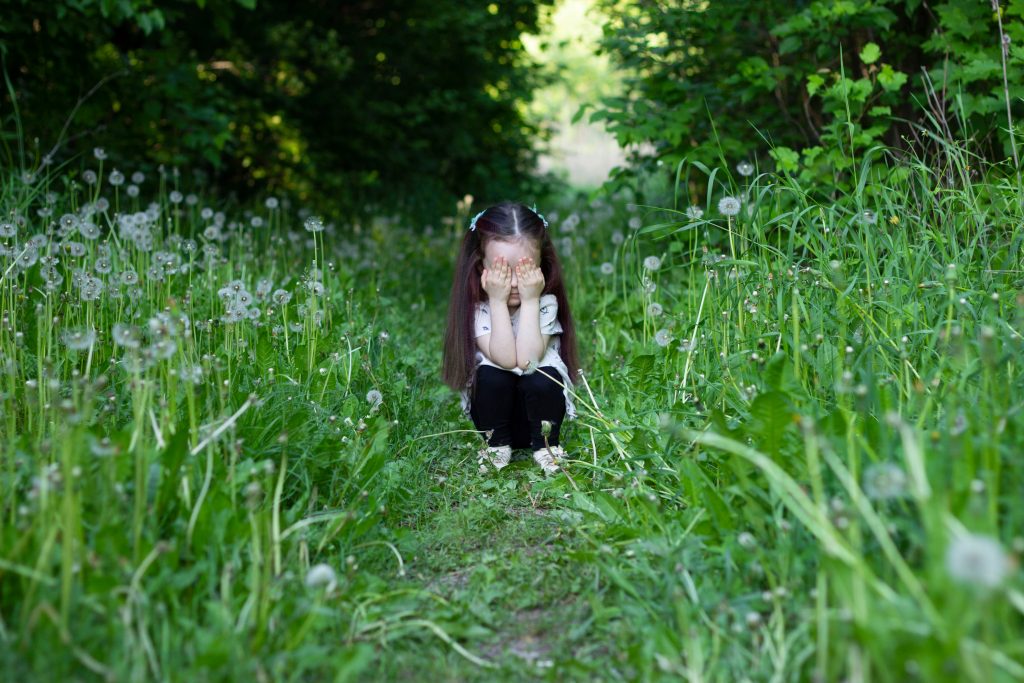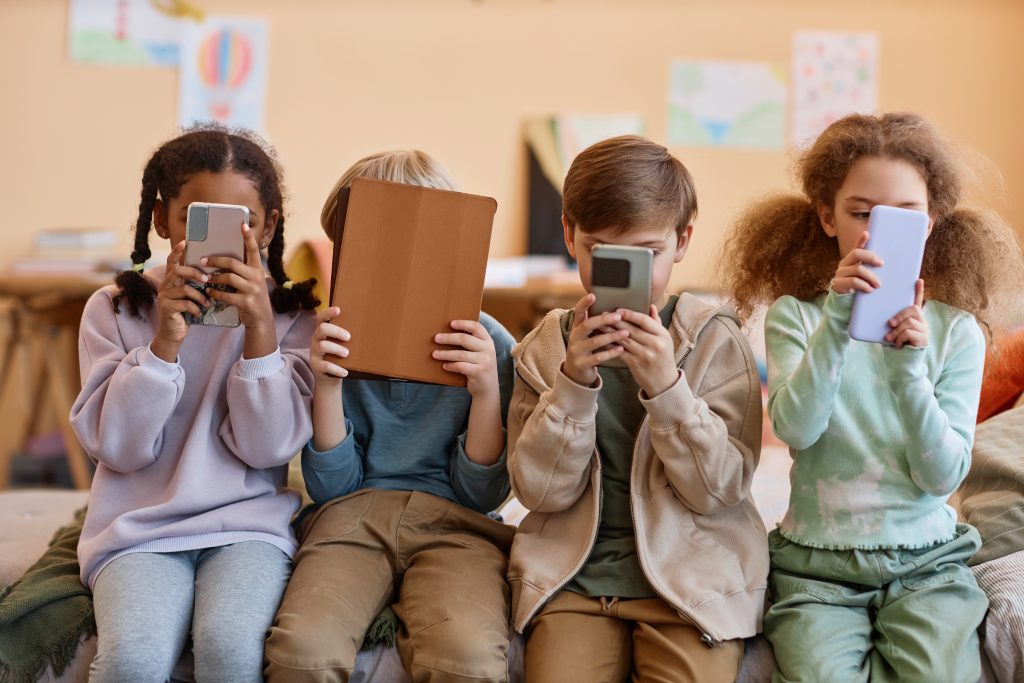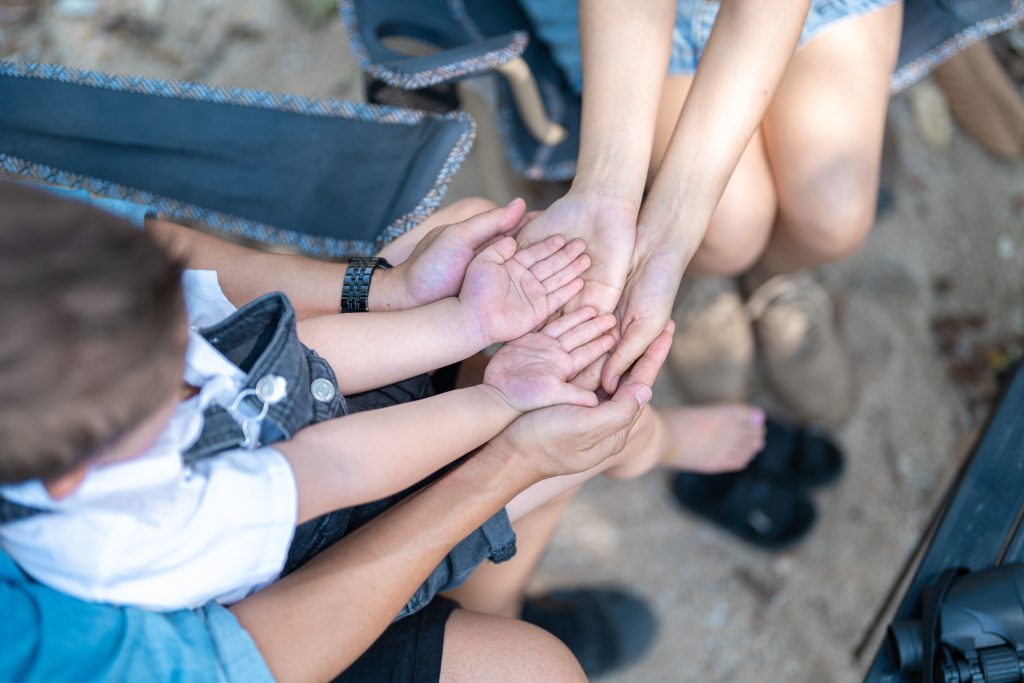
A few weeks ago, a man came into Boulder Weekly’s offices carrying a copy of our Feb. 29 edition. The cover story was about a photography exhibit featuring trans youth.
The man was upset about this article. He called us groomers and pedophiles before being asked to leave.
These are common anti-trans talking points. We understand they are made in bad faith, intended not to protect children from abuse but to restrict the rights of transgender people and further marginalize them.
I believe our role as journalists is to engage with even bad-faith arguments — not for the politicians and talking heads that propagate them, but because of ordinary folks who may believe these harmful mistruths.
Childhood sexual abuse (CSA) is a pervasive and serious issue. Untreated, it results in lifelong impacts to mental and physical health: Survivors have higher rates of substance abuse, eating disorders, homelessness — even cancer.
This trauma, experienced by millions, should not be used as a political tool of oppression. We at Boulder Weekly stand with survivors of childhood sexual abuse, and we stand with trans people of all ages. We will not be intimidated out of doing our job: to inform readers with factual information.

April is Child Abuse Prevention Month. To honor that and address the recent incident, we sat down with leaders from local nonprofit Blue Sky Bridge to talk facts and fiction when it comes to CSA.
Blue Sky Bridge is Boulder County’s child advocacy center. Their mission is to address and eradicate child abuse of all kinds through education and treatment. Children can give testimony, be assessed by a nurse practitioner and receive therapy at Blue Sky’s Boulder offices, avoiding traditional criminal justice facilities entirely.
Blue Sky also meets kids where they are: in schools. They teach Boulder Valley and St. Vrain Valley students age-appropriate lessons about body safety, boundaries and consent.
Gretchen Fair, Blue Sky’s prevention director, answered Boulder Weekly’s questions.
How prevalent is childhood sexual abuse?
There are a lot of different numbers. The Centers for Disease Control says 1 in 20 boys and 1 in 4 girls will be sexually abused; the National Center for Victims of Crime says 1 in 5 girls. We say 1 in 10 children will be sexually abused before the age of 18, and those numbers are higher or lower for different demographics.
The risk of CSA is particularly high for LGBTQ kids or kids with different gender identities, and for kids with intellectual or physical disabilities — because offenders look for people with vulnerabilities, and those are different vulnerabilities.
Blue Sky Bridge handles about 300 cases each year. We deal with physical abuse, domestic violence witness, neglect and other things, but most of our cases (65-70%) involve sexual abuse.
Who are the offenders?
The No. 1 myth I would get rid of is stranger danger. I would love for no one to believe that ever again: 90% of offenders know their victim; more than half happens within the family; 40% is kid on kid.

The vast majority of offenders are men, but I would get rid of the myth that it’s only men who are perpetrators. Often, female perpetrators are overlooked because they couch the abuse in terms of caregiving. When it’s a male victim and a female offender, the victim may be less likely to report. Focusing on adult men can cause people to miss that it could be a woman or a peer.
We know it could be anyone. It could be a coach, your child’s best friend, a babysitter. A lot of our messaging is helping people understand where kids are actually vulnerable, and it’s not actually being kidnapped in the park. It’s with your soccer team or at a sleepover.
We can’t prevent sexual abuse if we’re looking at the wrong thing. With these persistent myths and misinformation, people are worried about the wrong danger.
What is grooming? What does it look like?
Grooming is gaining trust with the purpose of sexual exploitation. It’s gaining trust of adults and children, because offenders groom families, caregivers or parents as much or more as they groom children.
Sometimes it can be gifts; a lot of times, it’s special attention. If you’ve got a family who is vulnerable because childcare is an issue or it’s a single-parent, they’re so grateful to have this neighbor who is going to watch the kids. Or it’s ‘Look how nice this coach is, he’s giving my son 10 extra minutes of soccer practice.’ Sometimes those things are innocuous. But those are tools offenders use.
With kids, the goal is to slowly desensitize the child to increasing boundary violations. One really common way that happens now is exposure to porn. Older kids, same age peers or adults will show explicit content to children as a way of seeing how they react. That happens a lot with online gaming: links, chats, dirty jokes — offenders will test that boundary to see if kids will keep a secret.
We teach kids to get rid of the word secret. If someone asks you to keep a secret, that is a huge red flag. That’s a huge part of grooming. Sometimes the person will get the kid to do something “wrong” and keep the secret and then use that as leverage. ‘Your mom doesn’t let you eat sweets, I’m going to take you for ice cream.’
Kids are terrified of getting in trouble. Now the offender has that over the kid: ‘If you tell what happened, you’re going to get in trouble.’ That secret is a down payment on that child’s silence.

What is an underrated threat to children that perhaps doesn’t get enough attention?
I would love for all caregivers to be talking to their kids about online imagery. The average age of exposure to porn is 9 for boys and 11 for girls. Mainstream porn is hardcore — we’re not talking about Hustler magazine.
I remember looking up sex in the Encyclopedia Britannica. Nothing bad happened, because it was Encyclopedia Britannica, but you can imagine what happens if an 8 year-old Googles ‘What is sex?’ It’s really easy to get into a pretty deep rabbit hole pretty quickly.
We don’t want them learning about sex on the internet. That is the absolutely worst place to learn about sex, bodies, relationships.
How can the community support survivors and protect kids?
Number one: Come to a training. We have a training called Stewards of Children, which focuses on evidence-based prevention. We have trainings specifically for parents about online content and ones that educate about grooming.
We are always looking for dedicated volunteers for our Education Committee, focusing on the prevention and early detection of child abuse. Our volunteers work with school staff, parents and the kindergarten and third-grade students in the Boulder and St. Vrain Valley School Districts.

Number two: Become more comfortable talking about this. Normalize this conversation. We as adults need to get more comfortable, because what I find working with thousands of kids over the years, they’re pretty OK with it. We teach it in a very neutral way, just like you teach kids about washing their hands or brushing their teeth, or you put on a helmet before riding your bike.
We don’t want kids to feel ashamed of their private parts, because that shame gets wrapped into that abuse. ‘My mom doesn’t like this word’ — it sends the message unintentionally that if something happens, maybe they shouldn’t talk about it.
Silence protects offenders. It’s not helping kids, it’s not helping victims.
We talk to kids about trusted adults. Trusted adults don’t break your touching rules, they listen to you and believe you, and you feel safe with them. We ask kids to pick five trusted adults and, if something happens, to keep telling. If you tell the first person and they don’t believe you or do anything, keep telling. Don’t stop.
We know the number one reason people don’t come forward is because they fear they won’t be believed. Something we can all do is believe people. Believe kids.
For parents and caregivers, if this feels too scary to talk about, we’re here; we have resources. Let us help you.
Visit bit.ly/3TYtikH to register for upcoming trainings from Blue Sky Bridge.
